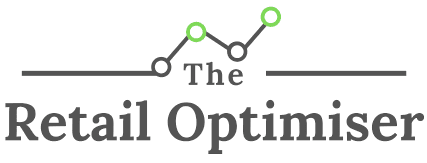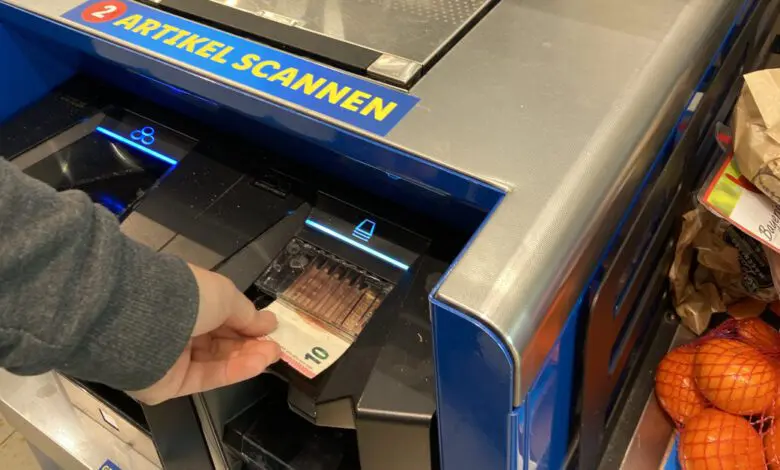Retailers are increasingly turning to cash handling automation. According to a recent study by British analyst group RBR, the number of cash handling systems installed in retailers' stores increased by more than 20 per cent between the end of 2019 and 2022, to more than 900,000 devices worldwide.
Read more >>
